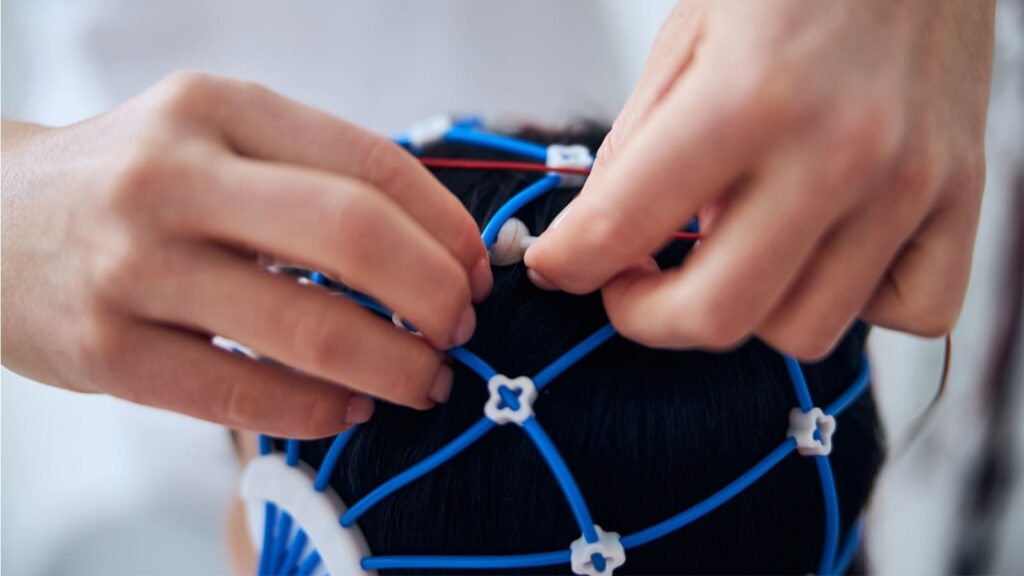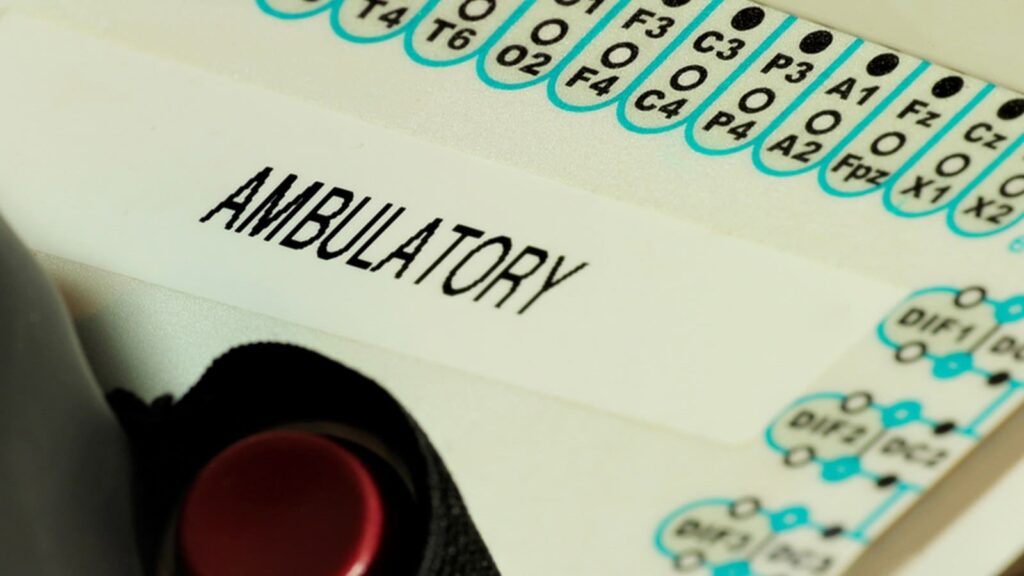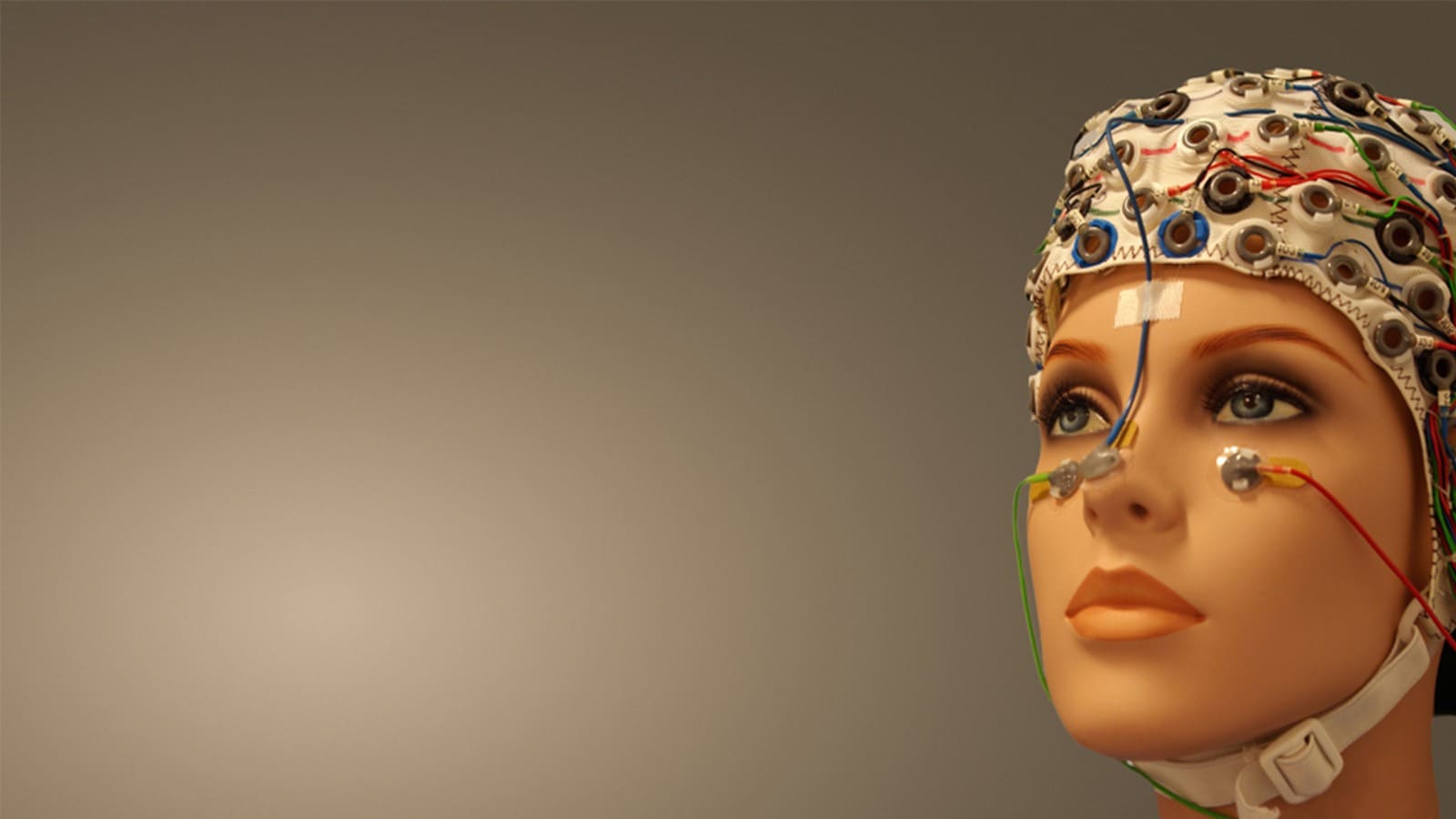Ambulatory EEG (At Home)
Ambulatory EEG, also known as AMB EEG or AEEG, is an electroencephalography test that involves the use of a portable and wearable electroencephalograph (EEG) device. This innovative test allows individuals to wear the EEG device for an extended period, typically 24 hours or longer, providing a more comprehensive and accurate reading of the brain’s electrical activity compared to a single doctor’s visit EEG.
The ambulatory EEG goes beyond traditional monitoring methods by incorporating video monitoring in the home setting, offering valuable visual insights into the body’s behavior. Additionally, it may include a wearable electrocardiogram (ECG) device to record heart activity. The integration of these three monitoring methods is referred to as video-EEG-ECG monitoring, representing one of the most precise ways to gather data for diagnosing seizures and seizure-like events.
Previously confined to hospital epilepsy monitoring units (EMU), this sophisticated testing is now accessible from the comfort of home, thanks to advancements in technology and services provided by companies like A&B Neurology.

Benefits of At-Home EEG Services
Comfort and Convenience
Patients opting for at-home EEG services experience heightened comfort and convenience throughout the monitoring period. Unlike traditional in-hospital EEGs, individuals can carry out their regular daily activities without the constraints of a medical setting. This freedom promotes a more natural state, ensuring that the recorded data reflects the patient’s typical brain activity in diverse situations.
Enhanced Patient Experience
The at-home EEG setting contributes to an enhanced patient experience by reducing anxiety often associated with medical environments. Patients are more likely to cooperate during the monitoring process, leading to higher-quality data collection. This improved experience not only benefits the individual undergoing the test but also facilitates more accurate results for healthcare providers.
Cost-Effectiveness
One of the notable advantages of at-home EEG services is their cost-effectiveness. Traditional in-hospital monitoring can incur significant expenses, including facility fees and additional healthcare costs. At-home EEG services offer a more economical alternative without compromising the quality of data collected. This cost-effectiveness expands accessibility to a broader demographic, ensuring that more individuals can benefit from advanced neurological monitoring.
Who Needs an Ambulatory EEG?
Determining who could benefit from an ambulatory EEG involves considering various neurological conditions and symptoms. This diagnostic tool is commonly recommended for individuals experiencing unexplained seizures, seizure-like episodes, or other abnormal behaviors that may suggest underlying neurological issues.

Neurologists may recommend an ambulatory EEG for patients with suspected epilepsy, especially when the traditional EEG conducted in a clinical setting fails to capture relevant data. Additionally, individuals with sleep disorders, such as suspected nocturnal seizures or parasomnias, may find an ambulatory EEG beneficial.
Moreover, the versatility of at-home EEG monitoring makes it suitable for cases where symptoms are intermittent or challenging to capture during a short-term hospital visit. By wearing the portable EEG device in various settings, individuals can increase the likelihood of recording the elusive events, aiding neurologists in accurate diagnosis and treatment planning.

How Ambulatory EEG Works
Ambulatory EEG devices typically consist of small electrodes attached to the scalp, securely connected to a portable recording device. These electrodes detect and amplify the brain’s electrical signals, converting them into digital data for further analysis. The lightweight and unobtrusive nature of the equipment allow individuals to go about their daily activities without significant disruption.
Patients receive clear and detailed instructions on how to wear and operate the ambulatory EEG equipment. The setup is non-invasive, and individuals can perform routine activities, such as sleeping, working, and exercising, during the monitoring period. Once the monitoring is complete, the recorded data is securely transmitted to healthcare providers for thorough analysis and interpretation.
This method ensures that neurologists receive a comprehensive and accurate representation of the patient’s brain activity in various contexts, facilitating more precise diagnoses and tailored treatment plans.
Conditions Diagnosed with Ambulatory EEG


Preparing for an Ambulatory EEG at Home: Dos and Don’ts
Dos – What Should You Do
Don’ts – What You Shouldn’t Do
These preparations contribute to the success of the ambulatory EEG at home, allowing for a seamless and effective monitoring experience for patients and accurate data for healthcare professionals.
